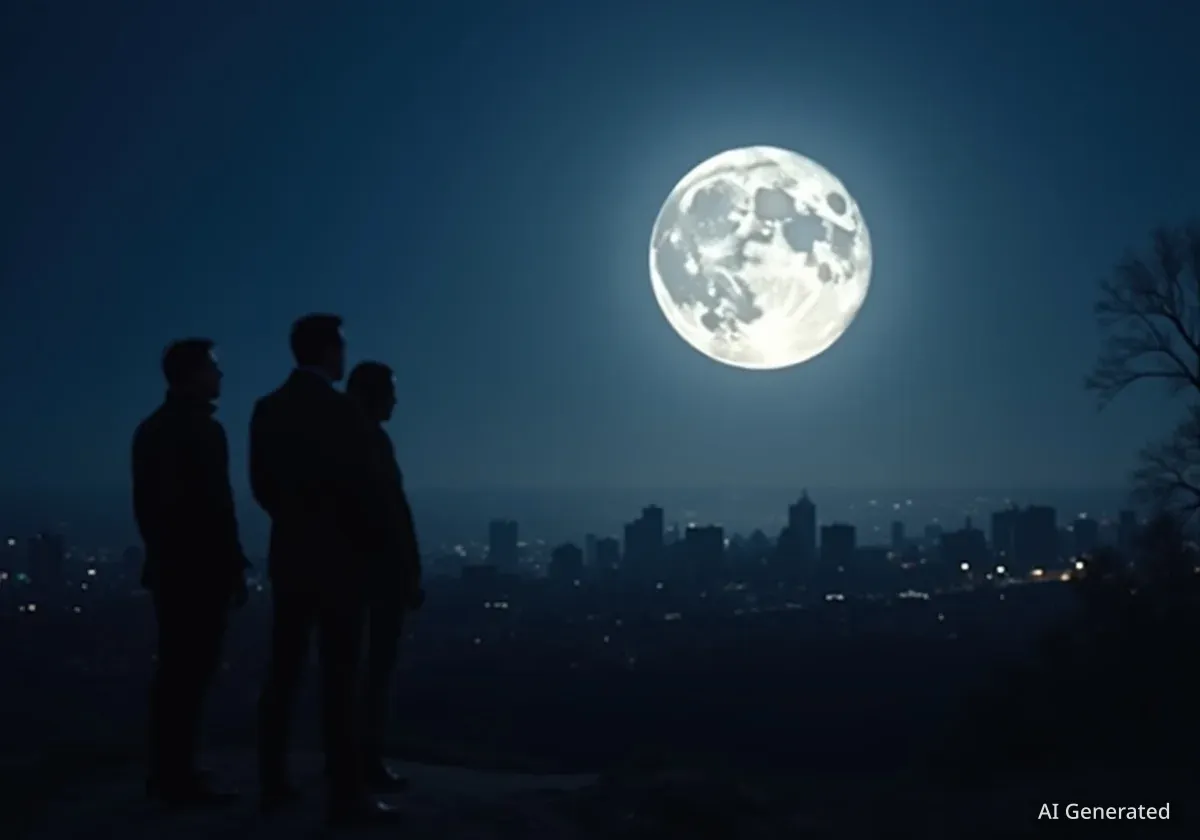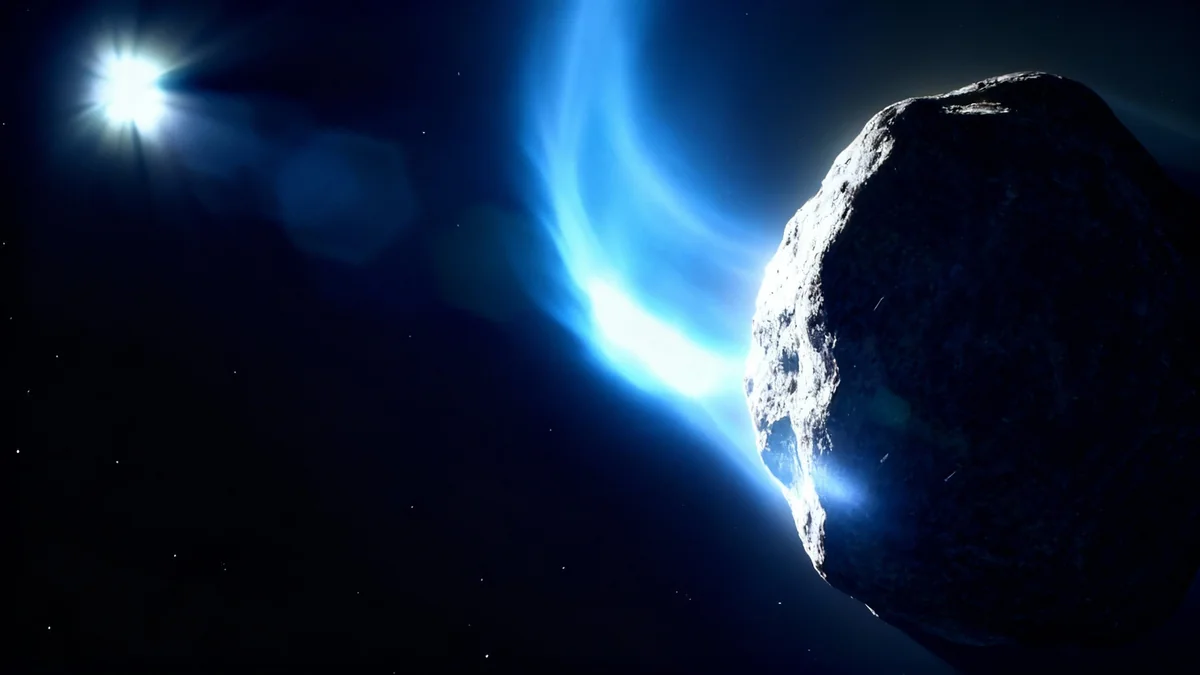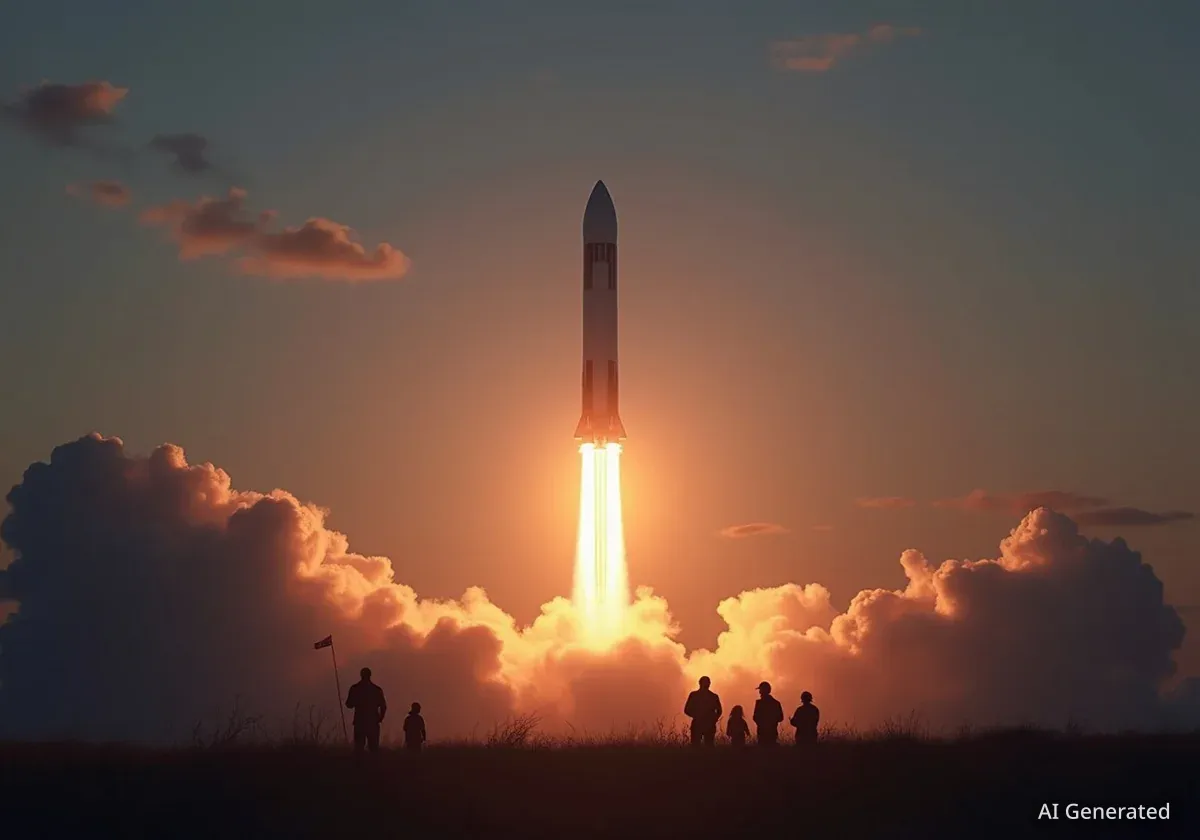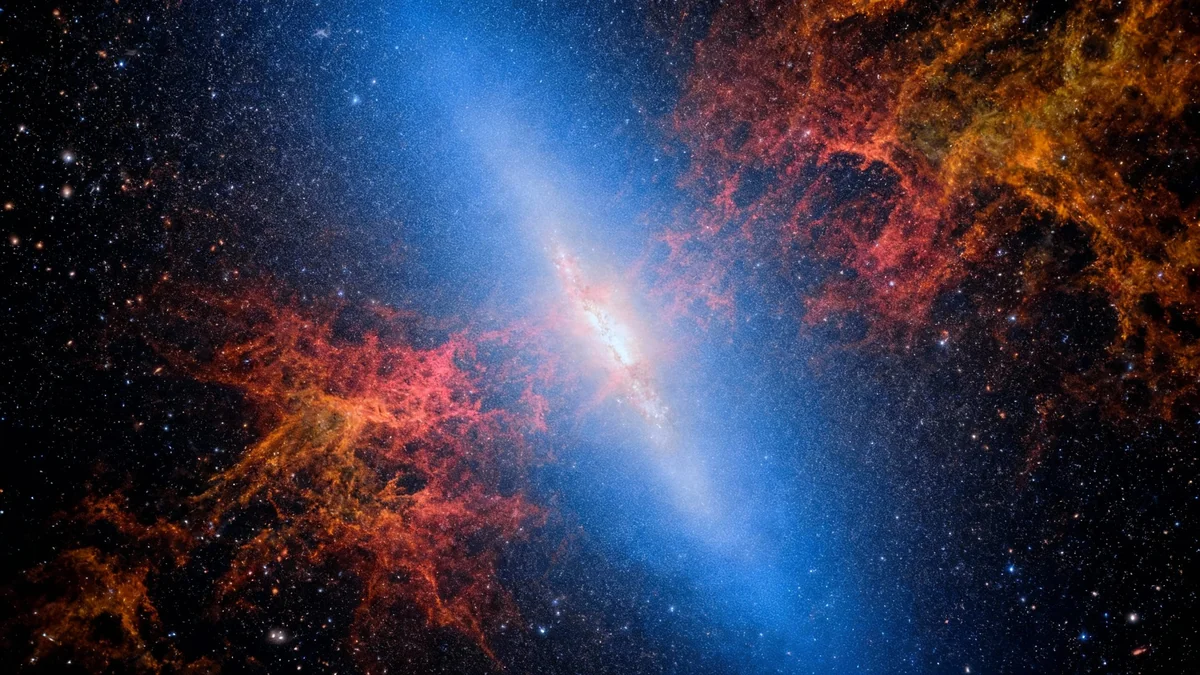The night sky on October 6-7, 2025, featured a spectacular celestial event: the full Harvest Supermoon. This lunar display appeared larger and brighter than usual, captivating observers worldwide. Astrophotographers captured breathtaking images of the moon as it rose over various global landmarks, offering a unique perspective on this astronomical phenomenon.
Key Takeaways
- The Harvest Supermoon occurred on October 6-7, 2025.
- It was the first supermoon of 2025, appearing up to 14% larger and 30% brighter.
- The moon was near its perigee, its closest point to Earth in its orbit.
- Photographers worldwide captured stunning images of the event.
The 2025 Harvest Supermoon: A Closer Look
The Harvest Moon is traditionally the full moon closest to the autumn equinox. Historically, farmers used its light to extend their working hours into the night, gathering crops before colder weather arrived. In 2025, this Harvest Moon coincided with a supermoon event. A supermoon happens when a full moon occurs near perigee, the point in the moon's elliptical orbit where it is closest to Earth. This proximity makes the moon appear significantly bigger and more luminous from our planet.
During a supermoon, the moon can look approximately 14% larger and 30% brighter than an average full moon. This creates a striking visual as it ascends over the eastern horizon, directly opposite the setting sun in the west. The October 2025 Harvest Supermoon was particularly notable as it was the first supermoon of the year, drawing attention from both casual skygazers and dedicated astrophotographers.
Moon Facts
- The moon's average distance from Earth is about 384,400 kilometers (238,855 miles).
- During the October 6 event, the moon was approximately 361,000 kilometers from Earth.
- Perigee, the moon's closest point to Earth, occurs once every 27-day orbit.
Global Perspectives on the Lunar Display
The Harvest Supermoon provided numerous opportunities for spectacular photography across the globe. From iconic landmarks to serene natural landscapes, the moon's presence enhanced a variety of scenes. Photographers utilized specialized equipment and precise timing to capture its beauty.
In Washington D.C., photographer Austin DeSisto achieved a perfectly timed shot of the full Harvest Moon. The moon appeared to pass directly behind the tip of the Washington Monument on October 6. Wisps of clouds and ancient lava flows on the lunar surface added texture to the image.
"It’s the first supermoon of the year! The moon appeared brighter and larger than usual, glowing serenely in the night sky."
— Amartya Mishra, Astrophotographer
New York City and the Yellow Hue
Veteran photographer Gary Hershorn captured a stunning view of the yellow supermoon above the Statue of Liberty in New York. This image was taken at sunset on October 6, from New Jersey City. The moon's distinct yellow-orange color is a result of Rayleigh Scattering. This atmospheric phenomenon causes shorter, bluer wavelengths of light to scatter more, while longer, redder wavelengths pass through Earth's dense atmosphere relatively undisturbed. This effect is most pronounced when the moon is close to the horizon.
Hershorn also photographed the Harvest Supermoon peeking around the EdgeNYC observation deck in New York one night earlier, on October 5. In this image, a small portion of the moon's left side remained unlit by direct sunlight, highlighting its crescent phase before reaching full illumination.
Understanding Supermoons
The term "supermoon" was coined by astrologer Richard Nolle in 1979. It refers to a full or new moon that occurs when the moon is within 90% of its closest approach to Earth in a given orbit. While the visual difference can be subtle to the naked eye, the effect is amplified in photographs.
Detailed Lunar Features and Cultural Significance
Astrophotographer Amartya Mishra provided a detailed image of the Harvest Moon from Kathmandu, Nepal, at 9 p.m. local time on October 6. Mishra's photograph revealed dark lunar maria, or ancient lava plains, spread across the moon's surface. Bright streaks from impact ejecta were also visible, originating from prominent craters such as Copernicus, Kepler, and Tycho in the southern regions. Various mountain ranges, including the vast Montes Apenninus above the lunar equator and Montes Jura to the north, were clearly distinguishable.
In Jinhua, China, photographer Gong Xianming captured the Harvest Supermoon during the Mid-Autumn Festival, also known as the Moon Festival. This festival, with origins dating back 3,000 years to the Zhou Dynasty, is a time for families and friends to reunite, appreciate the moon, and enjoy traditional mooncakes. The supermoon's appearance added to the festive atmosphere.
- Nepal: Detailed views of lunar maria and craters like Copernicus and Tycho.
- China: Coincided with the Mid-Autumn Festival, a traditional time for moon appreciation.
- Italy: Captured above cloudbanks and historic landmarks near L'Aquila.
- Indonesia: An airplane briefly crossed the moon's face, creating a unique "photobomb" moment.
Additional Sightings and Future Opportunities
Lorenzo Di Cola photographed the moon suspended above a cloudbank near L'Aquila, Italy. The distant forms of Rocca Calascio Castle and Santa Maria della Pietà church were visible on the horizon, adding a historical context to the celestial event.
From the West Java province of Indonesia, Aditya Irawan captured a passenger jet crossing the face of the Harvest Moon on October 6. This perfectly timed shot occurred when the moon was approximately 361,000 kilometers from Earth. This was two days before its closest monthly approach to our planet, known as perigee, which occurred on October 8.
Other unique captures included a colorful view from Palayan City in the Philippines, taken by X user "loonarpix" using a Nikon D3300 camera and an F70060 refractor telescope. Another X user, Rami Ammoun, shared ethereal shots of the moon glowing with a silvery light from October 6, as it moved closer to Earth before perigee.
For those who missed this event, the moon continued to appear full for a day or two after its peak phase. The October Harvest Supermoon marks the first of several upcoming supermoons. Observers can anticipate three more supermoons in November, December, and January 2026. Aspiring astrophotographers can prepare by consulting guides on the best cameras and lenses for capturing lunar events.





